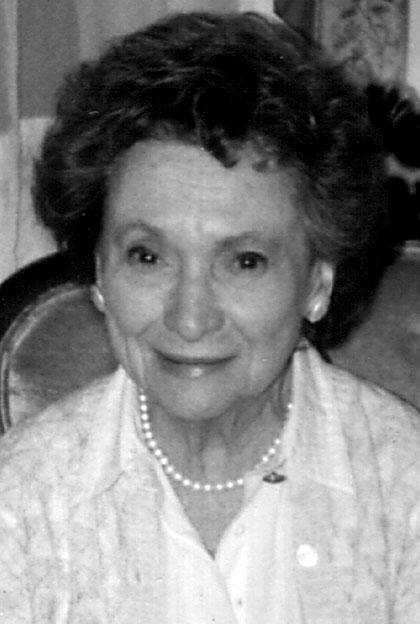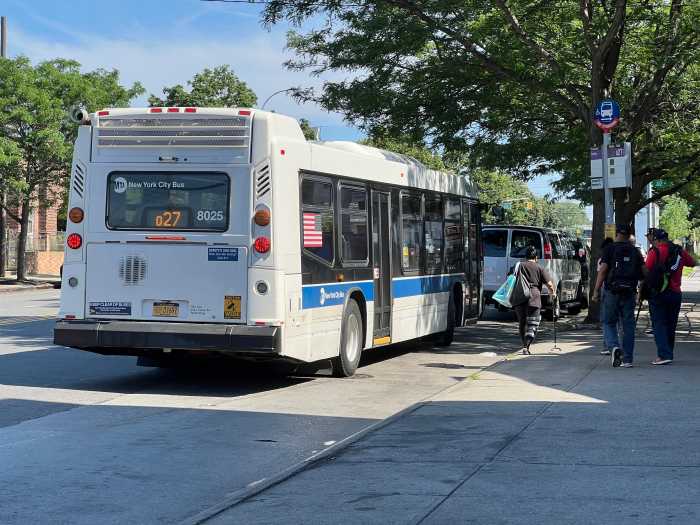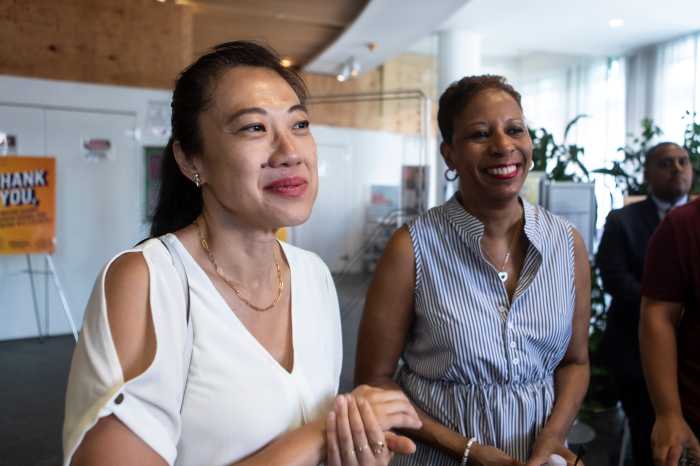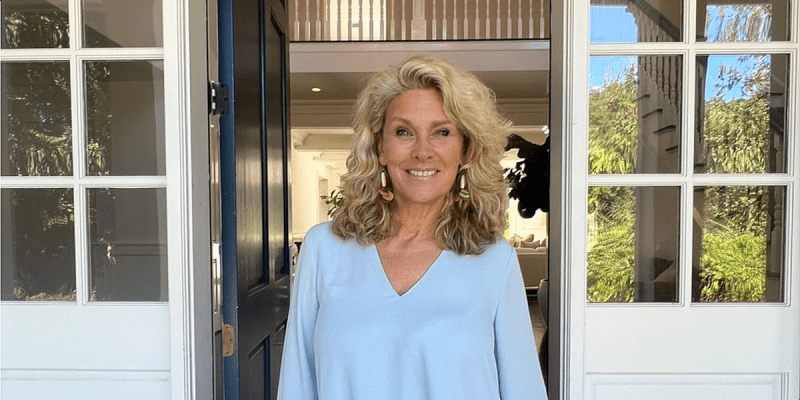By Joan Brown Wettingfeld
One of Bayside’s outstanding citizens during the 19th century was James W. Cain. He was born in Brooklyn, but when he was 4 his family established themselves in Bayside and it was here that he spent his life.
His father had purchased a farm of 117 acres in Bayside after having previously had a successful retail business in Brooklyn. It was this farm property which was to later become the Bellclair Golf Course and in time was developed as the area now known as Bayside Hills.
Young Cain attended the local school and eventually the Union Free School, District 2 and later the Fairchild Institute while he served as his father’s assistant, eventually taking charge of the entire estate when his father died.
Cain involved himself in community affairs and is remembered for being essentially responsible for the idea of creating Literary Hall, which was to become Bayside’s social and cultural center in the later part of the 19th century. Its predecessor had been known as the “Bayside Educational Society,” organized by the then-president of the local board of education.
This was the location used for debates and vocal and instrumental programs, and the town’s citizens had been allowed to use the town’s small school house for these events. But in 1872, the school committee would no longer provide that privilege, so a new home was sought.
In 1874, Literary Hall, which was to play an important role in this community, was built at the corner of Park Avenue, now 42nd Avenue, and Second Street, now 215th Street, on property donated by Straton and Storm, who developed the part of Bayside south of the Long Island Rail Road and east of Bell Boulevard. Lawrence Boulevard, now 42nd Avenue, ran through the center of the development.
Frederick Storm, born in 1844, had played an outstanding role in Bayside’s history along with his partners. As well as being a developer and prominent in the cigar industry, he had a noteworthy political career — another story that deserves a special place in Bayside’s history.
That Literary Hall played a major role in history is demonstrated by its multiple involvement in cultural, social, political and religious events over a number of years. Here were held dances, shows, festivals and community activities.
Before the 1890s, churches were just beginning to be built in Bayside and Literary Hall served as the site for religious services and Sunday school as well. Meanwhile, it also pursued its original purpose as a literary and cultural meeting center.
It was Cain who set out to raise money for what was to become Literary Hall. He was joined by Frank Bouse, James O’Donnell, Whitney A. Powell and Eugene Roe, who formed a corporation called “The Bayside Literary Society” “for the purpose of proper encouragement of home talent, and for the cultivation of the art of debating or extemporaneous speaking, for the improvement of useful knowledge, for the advancement of learning and for literary and scientific purposes generally.”
The group’s efforts were successful and they ultimately issued 1,000 shares of stock. The cornerstone for Literary Hall was laid on Decoration Day in 1874 with a large audience present.
For many years, the Hall served the community well. It helped to promote the cultural life of an expanding and active Bayside community.
Joan Brown Wettingfeld is a historian and freelance writer.




































